Navin Rawanchaikul
Unearthing Community History: A Pioneer of Relational Art
- Name
- Navin Rawanchaikul
- Media
- Painting, Sculpture, Installation, Film/video, Photography, Performance, Project
- Region
- Thailand
- Year of Birth
- 1971
- Place of Birth
- Chiang Mai, Thailand
- Place of Residence
- Chiang Mai, Thailand
- Link to Art Terms
-
- Link to Regions
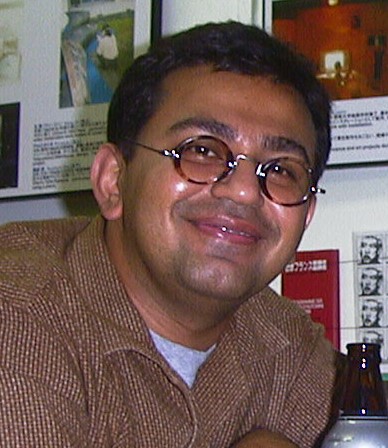
Plate of artwork
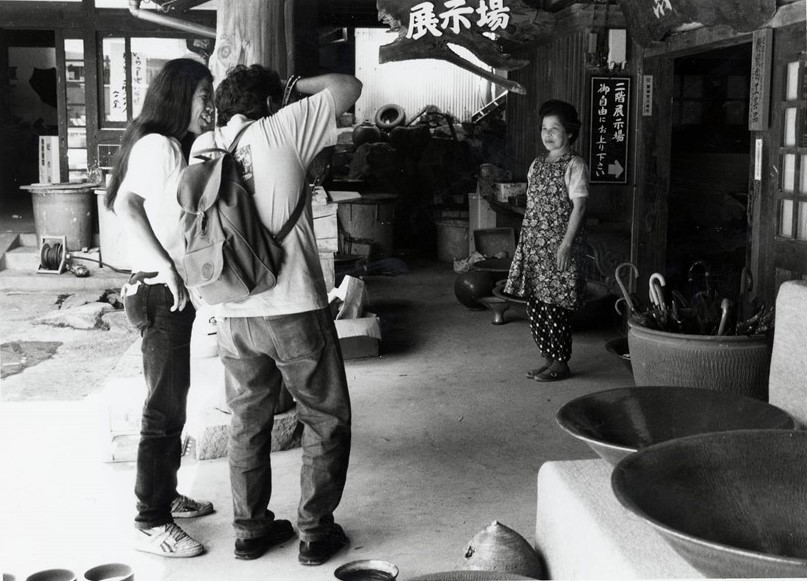
In the Workshop, the 4th Asian Art Show, 1994
Artist working in the community, Fukuoka, with his friend artist Kosit
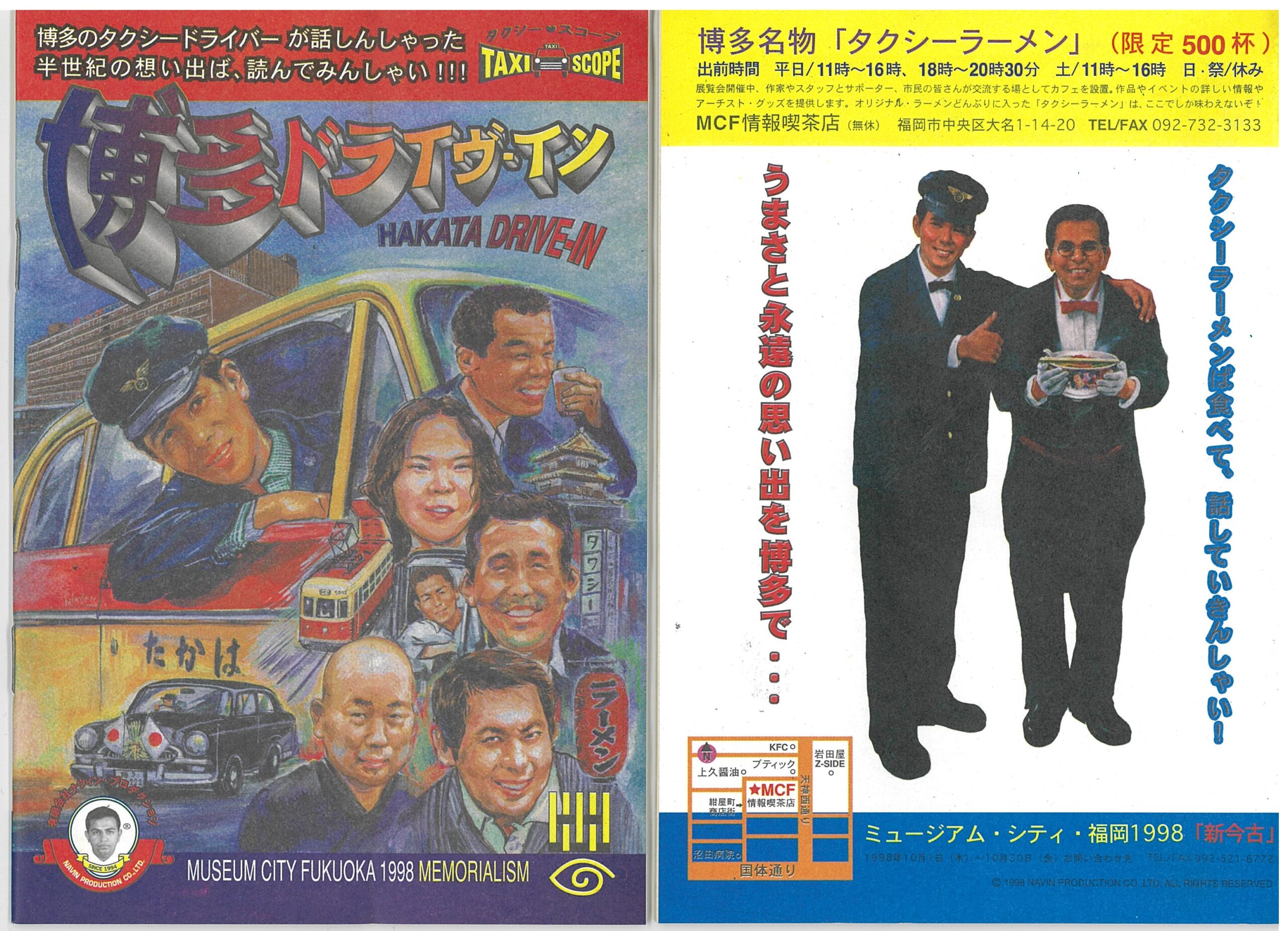
Hakata Drive-In (1998), Museum City Fukuoka
Story by Navin, Picture by Nikon, Translation by Miyako
Dialect supervisede by Writer Shibata and Panchi
Produced by Navin Production Co. Ltd.
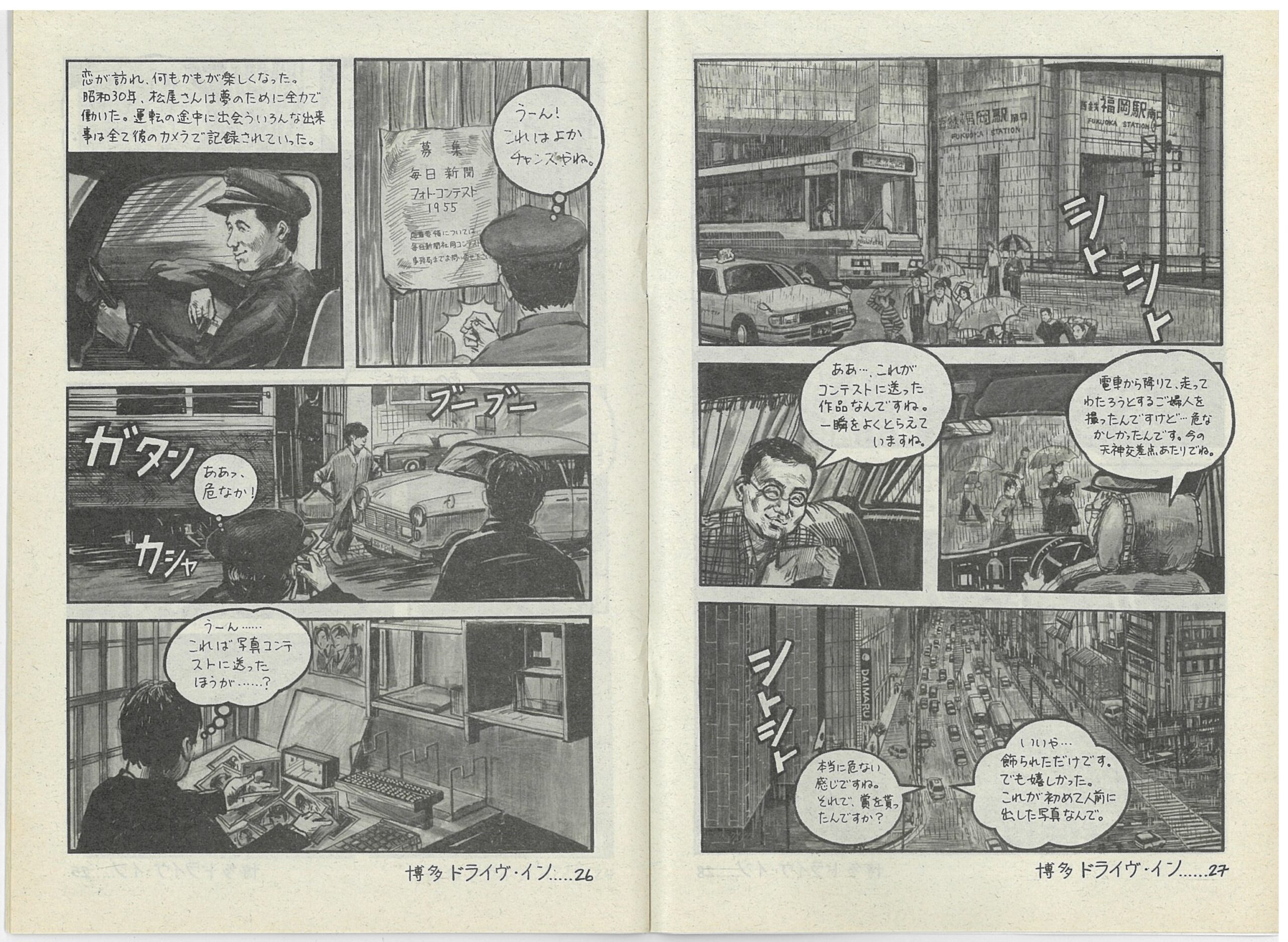
Hakata Drive-In (1998)
Museum City Fukuoka
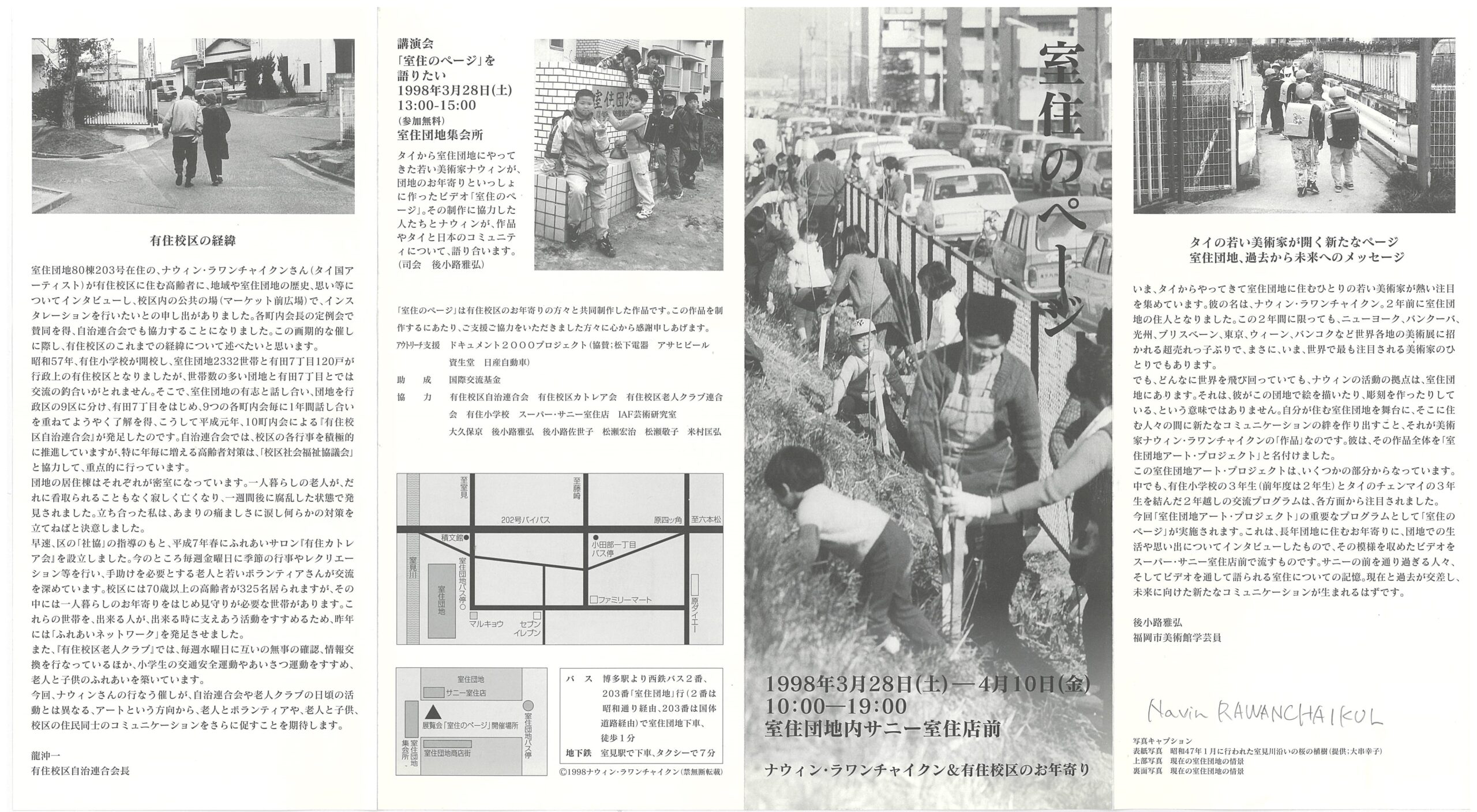
Bochure of Murozumi Pages, 1998

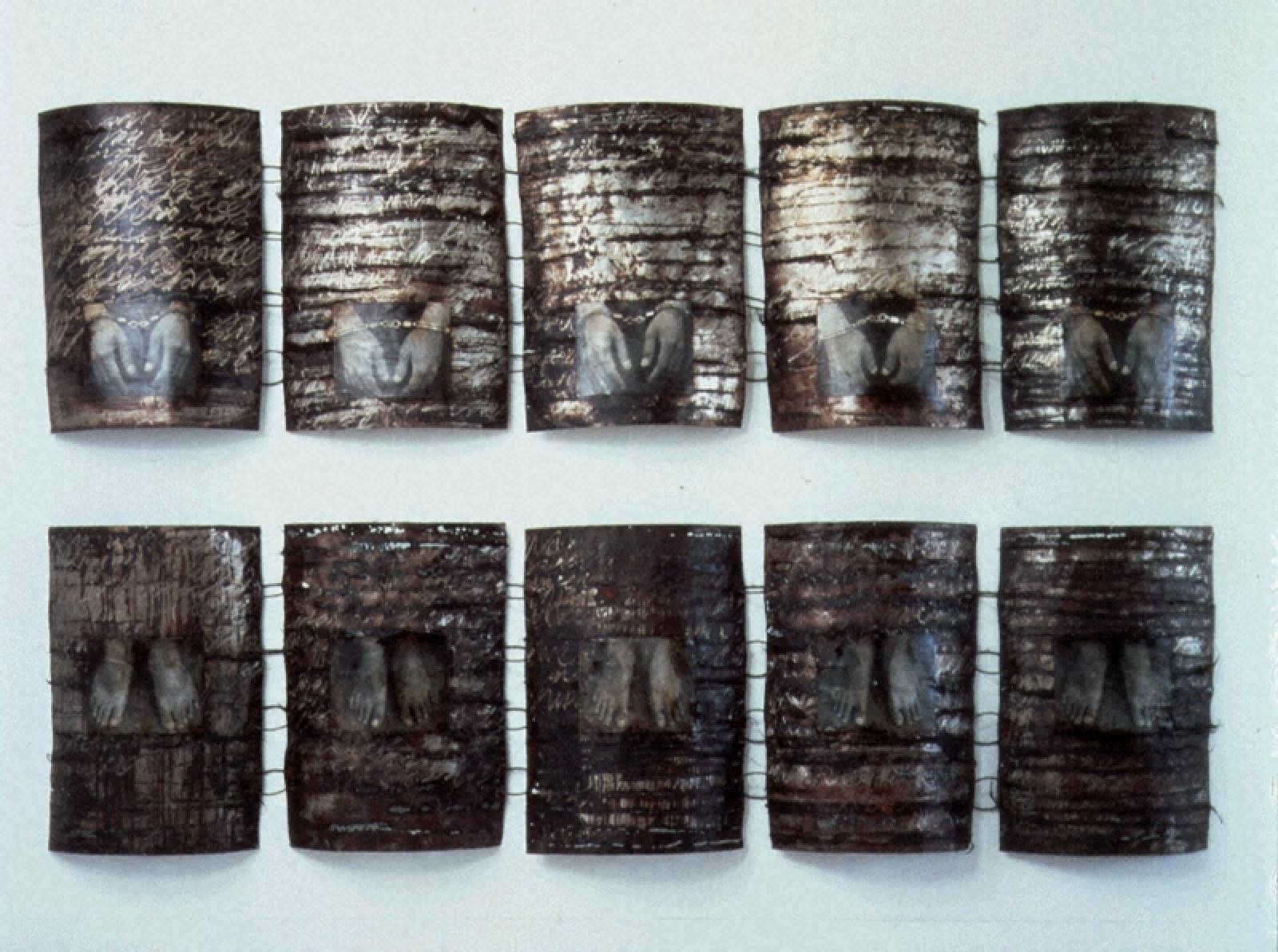
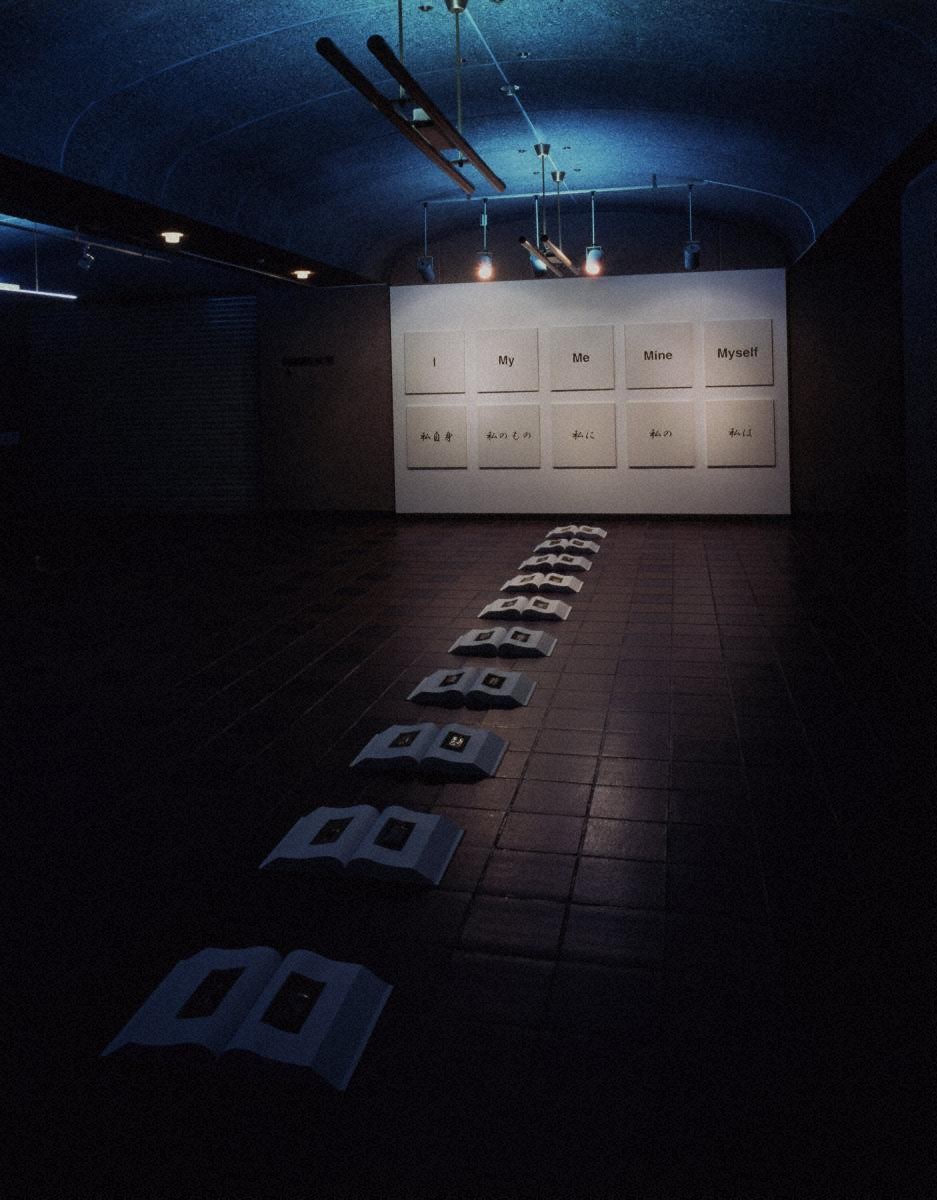
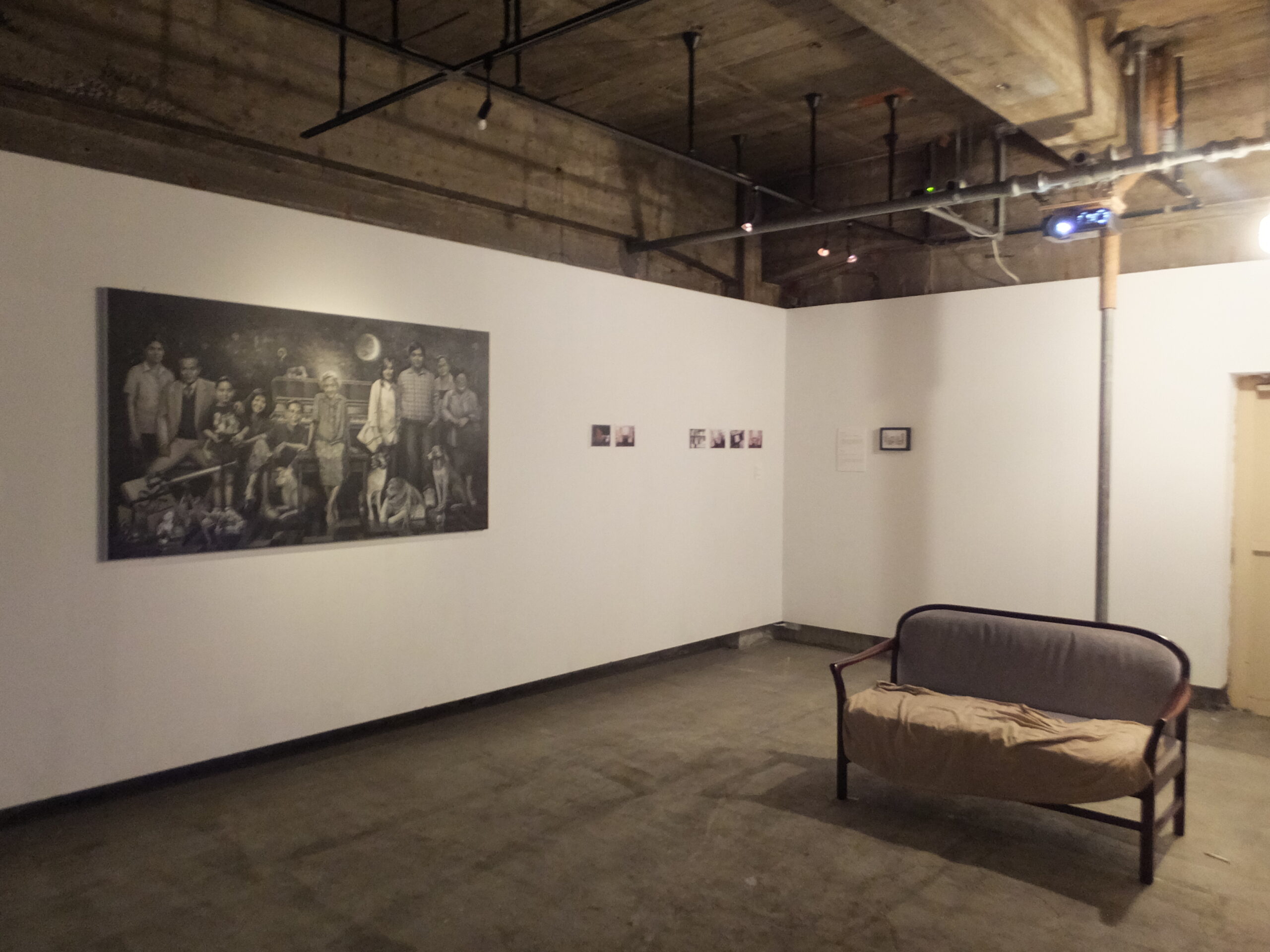
Navin Rawanchaikul is a highly popular artist at international exhibitions and art festivals worldwide. This is because his work breaks out of the confines of museums, taking the form of “projects” that foster encounters, participation, and collaboration with ordinary citizens in communities. His practice responds to the need for community engagement and local revitalization, particularly through festive events. The visual elements, videos, and printed materials used in Rawanchaikul’s exhibitions and events are created by commissioned movie billboard painters, manga artists, and technicians, and his videos and events involve not only the artist himself but also numerous performers and collaborators. Since 1994, he has presented his work under the name Navin Production, positioning himself not as a creator of objects but as a producer of spaces shaped by his own ideas. The “exchange-based project” model (recently termed “relational art”) has become commonplace in recent years, but we must not forget that the role of the artist as producer has roots in Rawanchaikul’s pioneering and innovative practices, which stemmed from his questioning of “art (works)” and “museums.”
The distinctiveness of Rawanchaikul’s artistic approach among Thai artists is closely tied to his background. His grandparents, Hindus, migrated from Punjab (now in Pakistan) to Chiang Mai in northern Thailand at the time of India’s partition and independence in 1947. Chiang Mai has a large immigrant population from India, China, and Burma (now Myanmar), and his family history and childhood experiences would later develop into his work’s fundamental themes of migration and cultural mixing.
Rawanchaikul worked as an assistant to Montien Boonma[1] (1953–2000), who introduced major innovations to Thai art, at an art university in Chiang Mai. While still a student in 1992, he launched Chiang Mai Social Installation, organizing exhibitions and performances at temples, cemeteries, and other outdoor locations, as well as in public facilities and private homes throughout the city. As one of Asia’s pioneering artist-led art projects in public spaces, it laid the foundation for Rawanchaikul’s later project-based works.[2] As early as 1993, he had already initiated what is now known as an “audience participation project,” gathering opinions on art from many citizens.
The year after graduating, at just 23 years old, Rawanchaikul was selected for the 4th Asian Art Show, Fukuoka at Fukuoka Art Museum. Even to the museum’s curators, who were accustomed to Thai artists’ intricately handcrafted paintings and prints, Rawanchaikul’s work was startling. The works he exhibited,[3] along with those produced in a workshop during his residency[4] (now in the Fukuoka Asian Art Museum collection), all centered on the motif of open books. These introspective and highly conceptual works questioned the knowledge conveyed by books, and explored how encounters with others shape one’s own position by inserting photographs of living elderly individuals into small bottles. While these works seem entirely different from his later colorful, playful projects involving large groups of people, perhaps these introspective works already held the seeds of his future approach—engaging with people unfamiliar with contemporary to create works drawing on their everyday lives.
Following the 4th Asian Art Show, Rawanchaikul married a Japanese woman and was based in Fukuoka for a time, producing works that increasingly explored the lives of unknown individuals. In 1996, he staged Murozumi Pages in the public housing complex where he lived, incorporating interview videos and an abandoned car. Meanwhile, in Thailand, he turned the city’s notorious traffic congestion to his advantage by converting taxis, where customers must spend much time, into mobile galleries in Bangkok Navin Gallery[5] (1995–1998). These bold ideas garnered widespread attention.
Rawanchaikul’s interest in taxis soon shifted to the drivers themselves. For Museum City Fukuoka (1998), he presented Hakata Drive-In,[6] prominently displaying paintings featuring a taxi driver who was a regular presence at the Murozumi housing complex and was also a photography enthusiast. These works were exhibited on a commercial building wall and in a shopping street, train station, and school. He also distributed comics styled after inexpensive Thai B-grade horror comic booklets, a project aimed at creating city-specific comics for various locations worldwide.[7] He pushed his ideas even further, having ramen bowls featuring portraits of taxi drivers produced in Thailand and actually using them. This was an idea with strong connections to Fukuoka, a city known throughout Japan for its Hakata ramen. The taxi driver project continued in Sydney, Birmingham, Ghent, Bonn, New York, and Mexico City.
Since then, Rawanchaikul’s numerous presentations at international exhibitions and art festivals have continued to expand, showcasing compelling imagery and ever more diverse methods. Beyond setting up interactive spaces where audiences could engage in games within exhibitions (Curatorman Inc., collaboration with Helen Michaelsen, Yokohama Triennale, 2005), he retraced the journey of an actual artist who had traveled by scooter from Thailand to Europe for Cities on the Move (1999–2000). A major exhibition curated by Hans Ulrich Obrist, known for his audience-participation projects, and Hou Hanru, a Chinese curator based in France, Cities on the Move introduced urban Asian art to the world as it toured Vienna, Bordeaux, and other cities. He also launched projects such as searching for people around the world who share his name (Navin, 2005) and portraying himself as a Bollywood star or a Chinese political leader (2006–2007). These projects featured bold graphic art and life-sized figures, but at their core were mural-sized paintings commissioned from Thai movie billboard painters, incorporating images of exhibition curators, local collaborators, and supporters. These paintings functioned as symbolic images that distilled the essence of each project’s structure and background.[8]
These projects, carried out worldwide, draw people into the creative process before they even realize it, thanks to Rawanchaikul’s remarkable energy and ability to involve others and collaborate with organizations. However, the appeal of his work does not lie solely in this process. When stepping into an installation filled with visually enthralling, rigorously crafted objects, even those unfamiliar with contemporary art cannot help but feel a thrill of excitement, finding themselves pulled into Rawanchaikul’s world of blurred reality and fiction rather than passively observing individual works. Through sophisticated techniques, Rawanchaikul creates situations where people participate in artworks, while at the same time art slips into everyday life, sparking new experiences and spurring change.
While he has carried out numerous projects that respond to the histories, cultures, and residents of cities worldwide, Rawanchaikul has also created works exploring his own personal history. His painting Places of Rebirth (2009)[9], exhibited at the 4th Fukuoka Asian Art Triennale in 2009, explores the timeless yet ever-evolving question of identity and roots. Depicting himself and his family, along with art professionals and local residents, in the movie billboard style that has become his signature, the painting traces his connections from pre-partition India and present-day Pakistan to Chiang Mai in northern Thailand, then to Japan (Fukuoka) where he has a family, and back to Chiang Mai. Among his more personal and introspective works, he has created installations reflecting on Montien Boonma, his art school mentor and a transformative figure in Southeast Asian contemporary art, as well as works relating to his daughter. These were exhibited in intimate spaces that bear traces of urban history.[10]
Now 54 years old (as of 2025), Rawanchaikul, who made his international exhibition debut at a young age, has spent 30 years making his mark on international exhibitions worldwide. Will he continue to discover new communities, or deepen his introspection, or shed light on the rich lives of unknown, everyday people as he did at the beginning of his career? With much of his life still ahead, what will Rawanchaikul produce, and where, when he truly grows old, not just in playful imagination but in reality?
(Kuroda Raiji, translated by Christopher Stephens)
Bibliography
(Catalogues of international exhibitions in which Rawanchaikul participated are too numerous to include, and are omitted.)
Navin Rawanchaikul, COMM…: Individual and Collaborative Projects 1993-1999, Helen Michaelsen (ed.) (Tokyo: S by S Co.; Vancouver: Contemporary Art Gallery, 1999).
Navin’s Sala, Navin Production’s International Art & Life Magazine, Navin Rawanchaikul et. al (ed.) (Chiang Mai: Navin Production Co., Ltd., with collaboration of Galerie Enrico Navarra, Paris, 2008).
Notes
[1] Works include Alm and Melting Void / Molds for the Mind.
[2] At the 3rd exhibition of the Chiang Mai Social Installation in 1995, participants included Nakamura Masato, Fuji Hiroshi, Lee Wen, all of whom Rawanchaikul had met at the 4th Asian Art Show in Fukuoka the previous year, along with Sone Yutaka, Yamaide Jun’ya,and Amanda Heng. In Chiang Mai, Yamaide continued his project Tour, which he had carried out at the 7th Asian Art Biennale Bangladesh just prior.
[3] The Silent Murder and Can’t Reach Up Above, Nothing Down Below
[4] I My Me Mine Myself
[5] In 1995–96, Nakamura Masato’s solo exhibition Origin of Flavor was held in a taxi, as was Sone Yutaka’s solo exhibition At the End of All the Journeys in 1998.
[6] Rawanchaikul also participated in Museum City Fukuoka in 2000, where he produced and supervised the stage production Mai Pen Rai Yatai at a commercial facility.
[7] 20 works published in 45 volumes from 1997 to 2006.
[8] Among works applying the same technique are two at monumental scale that incorporate the composition of Raphael’s masterpiece The School of Athens. The 2002 version depicts 141 figures from the Western art world, and the 2004 version features 204 Thai art figures.
[9] Now in the collection of the Guggenheim Museum.
[10] During Aichi Triennale 2010, it was presented at the Chojamachi Textile Wholesale Hall in Nagoya, and in Fukuoka, House of Hope: Homage to Montien – A Letter from Navin (2014) was presented at konya gallery in the renovated historic building “konya2023.”